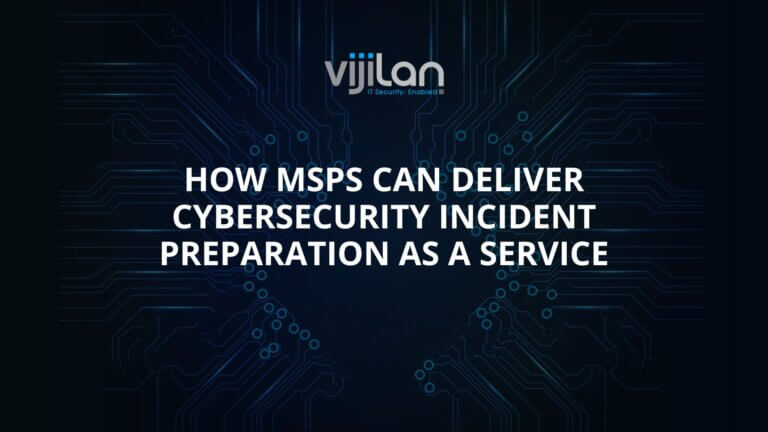SIEM detections
As cyberattacks continue to evolve and become more sophisticated, it’s more important than ever to test the effectiveness of your SIEM (Security Information and Event Management) solution. One specific type of attack that is growing in prevalence is password spraying, which involves trying a small number of commonly used passwords across many user accounts. In this blog post, we will discuss how to test your SIEM detections for password spraying and ensure that you’re adequately protected against this type of attack.
Step 1: SIEM detections Understand the Basics of Password Spraying
Password spraying is a type of brute force attack that involves trying a small number of commonly used passwords against many different user accounts. This type of attack is often successful because many users still use weak passwords that can be easily guessed. Attackers will often use automated tools to carry out password-spraying attacks, allowing them to test a large number of passwords across many different user accounts in a short amount of time.
Step 2: SIEM detections Configure Your SIEM Solution to Detect Password Spraying
To effectively detect password spraying, your SIEM solution needs to be configured to look for specific patterns of activity that are indicative of this type of attack. One way to do this is to set up rules that look for multiple failed login attempts from a single IP address, or a small group of IP addresses, within a short period of time. This can be an indication that an attacker is trying to gain access to a large number of user accounts using a small set of commonly used passwords.
Step 3: Test Your SIEM Detections for Password Spraying
Once you’ve configured your SIEM solution to detect password spraying, it’s important to test your detections to ensure that they’re working properly. This can be done by simulating a password spraying attack using a test environment or a tool such as SprayWMI. This will allow you to see if your SIEM solution is able to detect the attack and generate alerts as expected.
Step 4: Fine-Tune Your SIEM Detections
If your SIEM solution is not detecting password spraying attacks as expected, it may be necessary to fine-tune your detections to improve their effectiveness. This could involve adjusting the thresholds for failed login attempts or looking for additional patterns of activity that are indicative of password spraying.
Step 5: Monitor and Update Your SIEM Solution
Finally, it’s important to monitor and update your SIEM solution on an ongoing basis to ensure that it remains effective against new and evolving threats. This could involve updating your SIEM rules to account for new attack techniques or adjusting your thresholds as necessary to ensure that you’re detecting attacks without generating too many false positives.
In conclusion, password spraying is a growing threat that can be difficult to detect and prevent. By understanding the basics of this type of attack and configuring your SIEM solution to look for specific patterns of activity, you can effectively detect and mitigate password-spraying attacks. By testing and fine-tuning your SIEM detections, and monitoring and updating your solution on an ongoing basis, you can ensure that you’re adequately protected against this and other types of cyberattacks.




